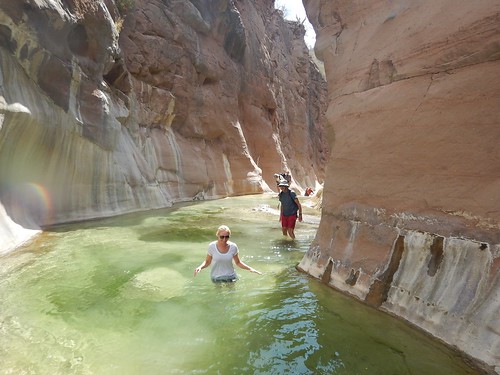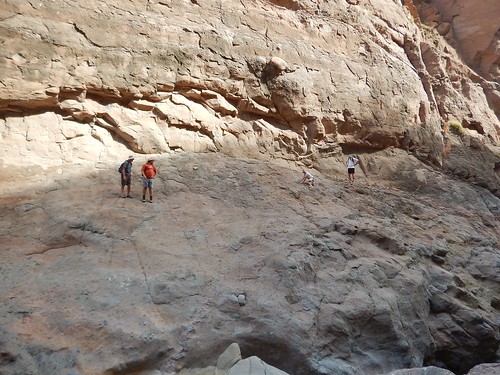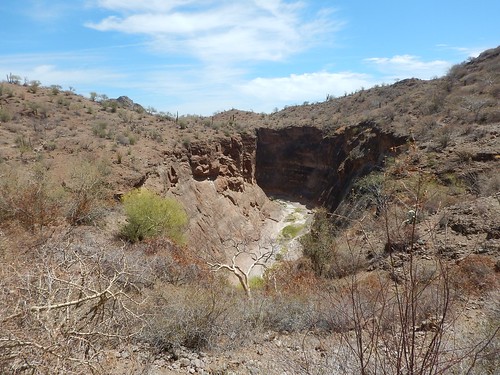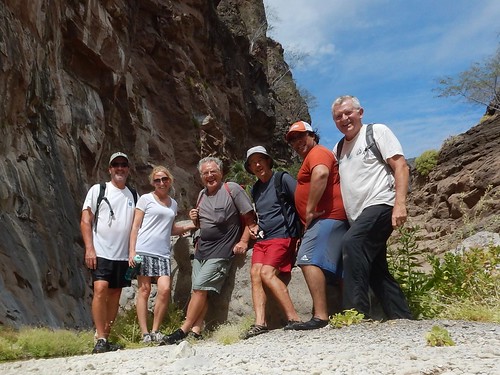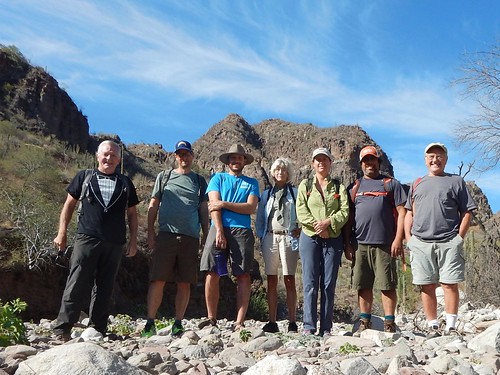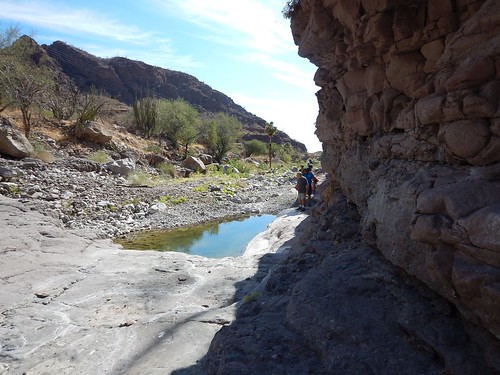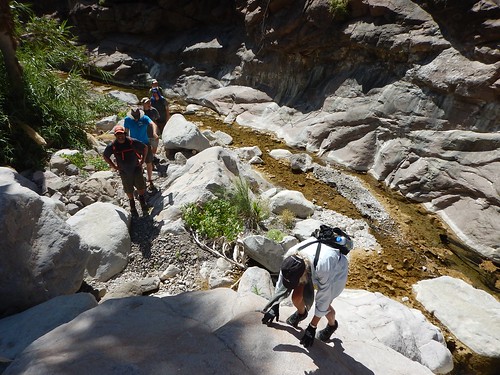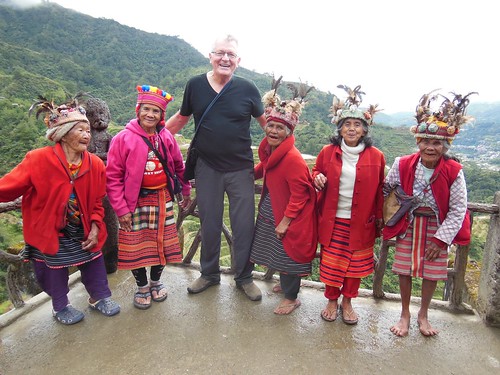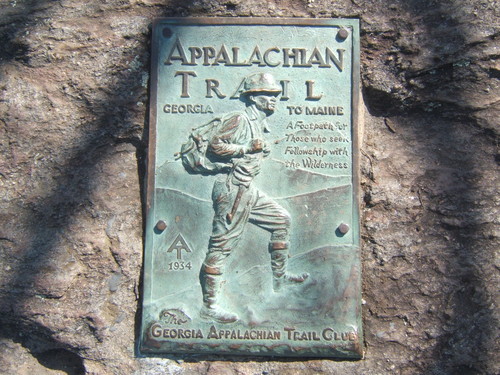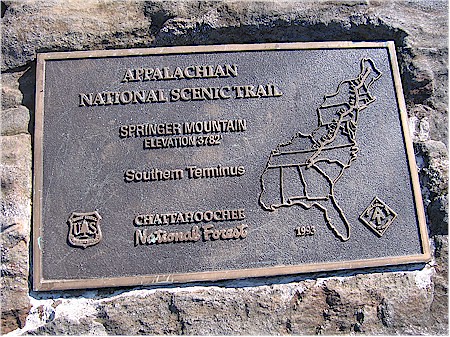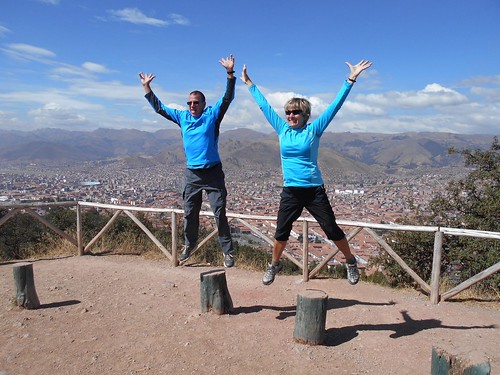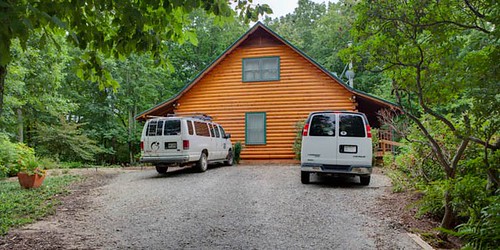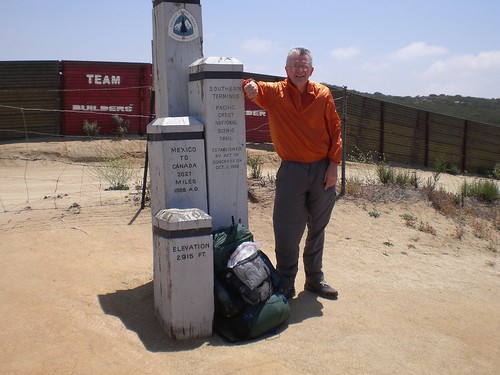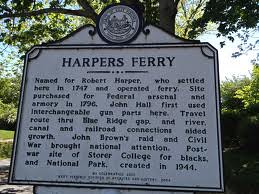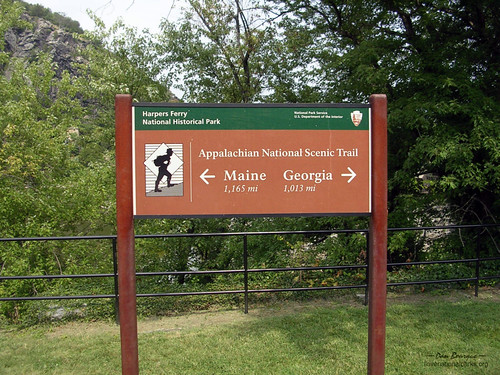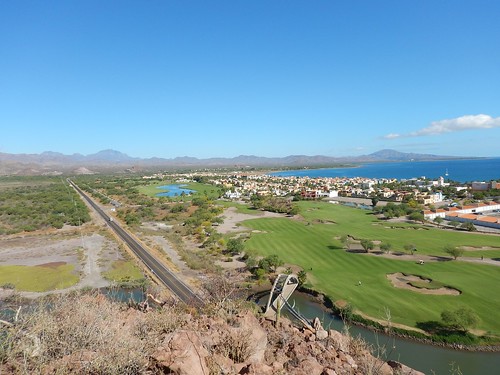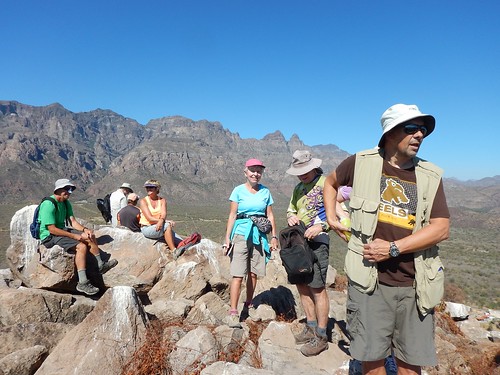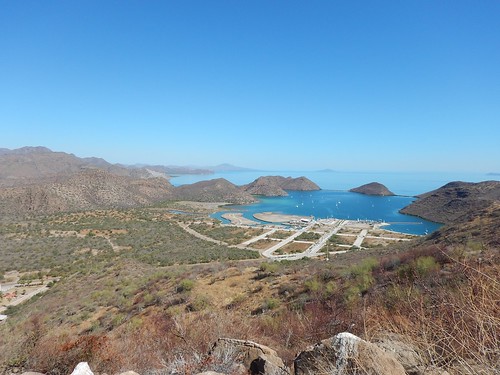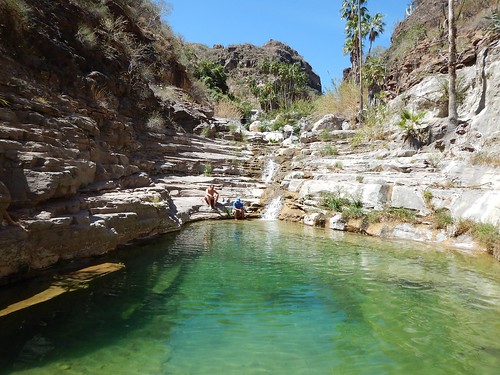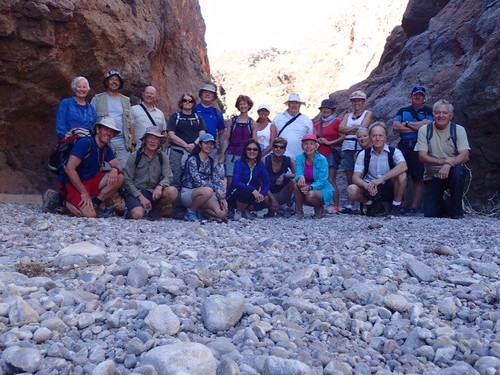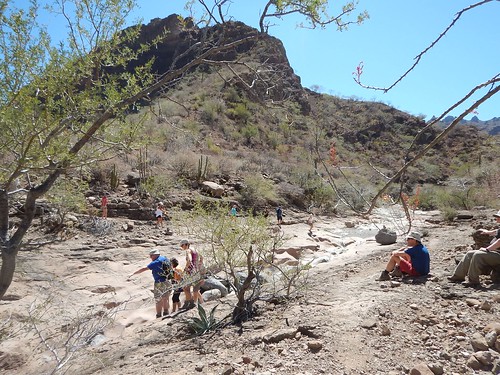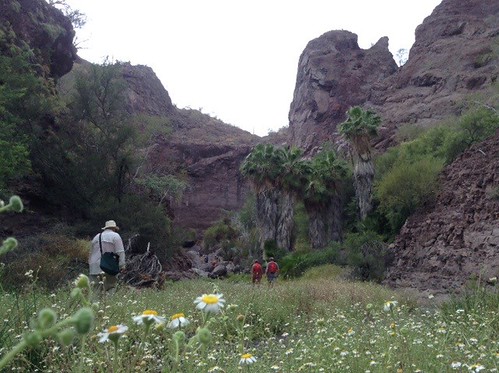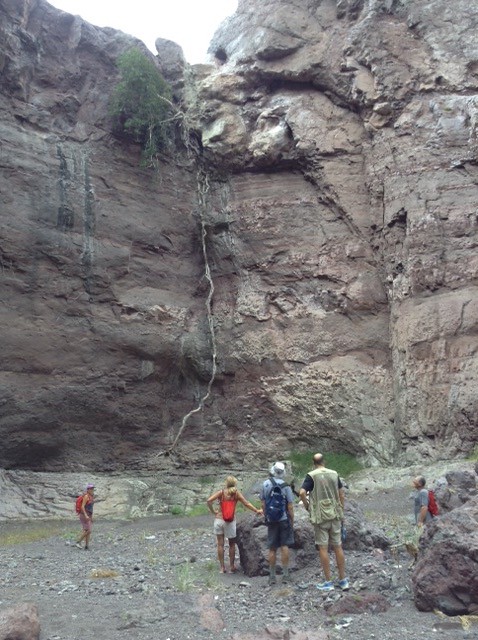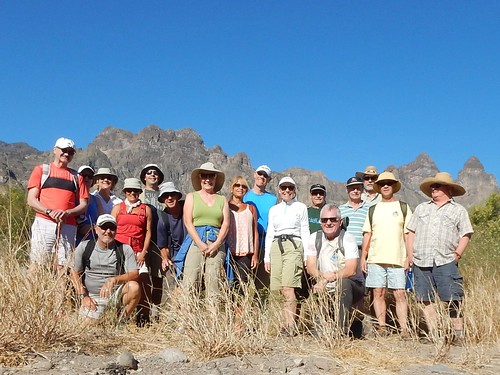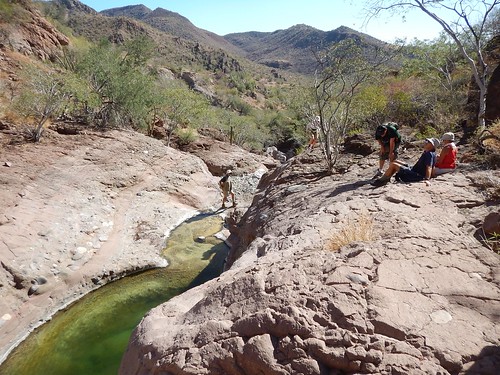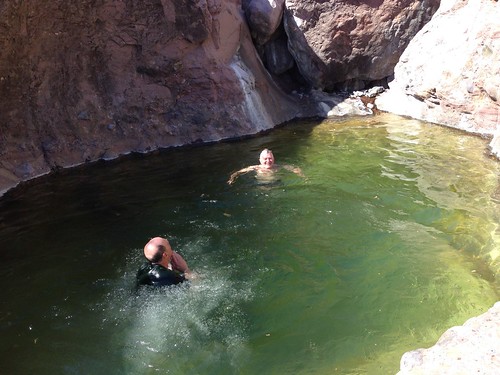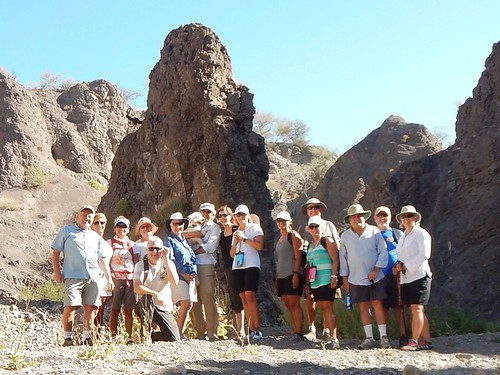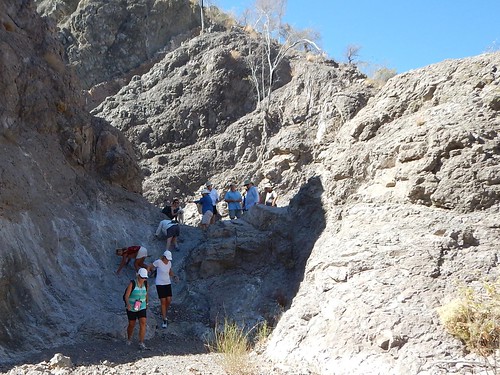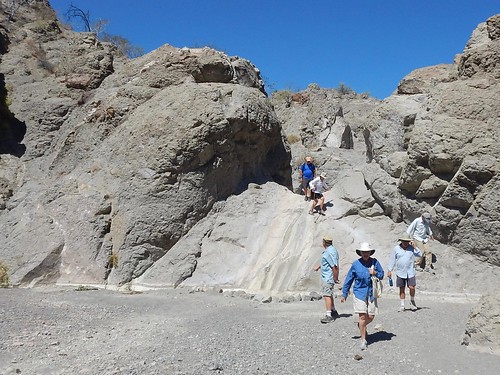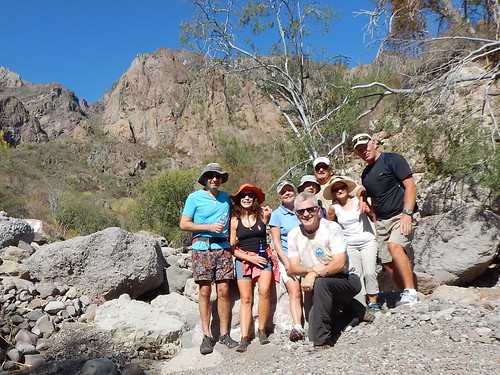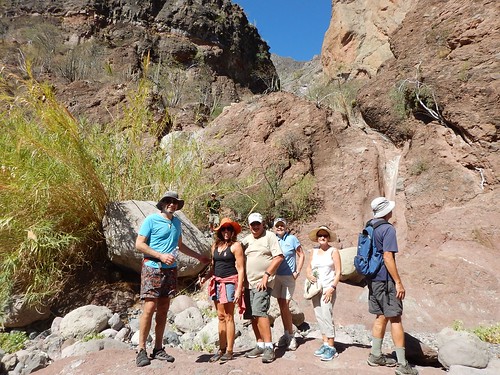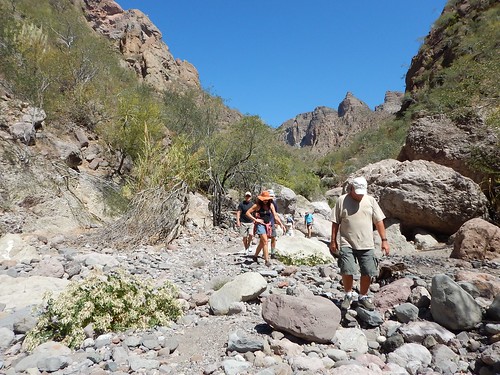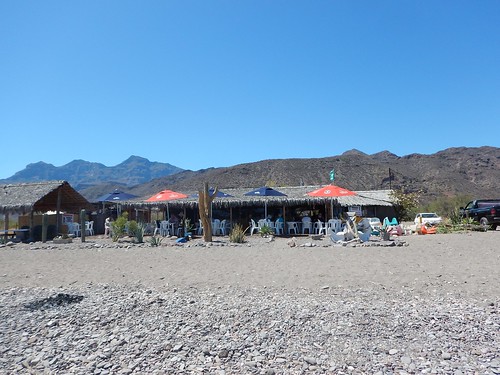How many glossy travel brochures have you looked at and wished that you could go on these adventures, but when you checked the price for the air and vacation package the cost was huge and well beyond your budget?
Guided Tour Travel Costs
For example, the University of Washington Alumni Travel Company--as an alumnus, I get their ads--offers mostly 2 week guided tours including airfare from Seattle to many of the places I have visited at a much higher cost:
- India for two weeks--------------------------$5,174-- daily cost $370.
- Machu Picchu-Galapagos for 17 days-----$8,193-- daily cost $482.
- Myanmar for two weeks---------------------$4,998-- daily cost $357.
- Patagonia for 17 days------------------------$7,969-- daily cost $469.
- Vietnam for 2 weeks-------------------------$4,257-- daily cost $304.
If you are a single traveler like I am, the tour operators add on a single supplement charge ranging from $1,600 to $2,700 which increases the average daily cost to between $418 and $627. There is also an expectation to pay tips of $3-$5 per day for the driver and $8-$10 per day for the tour director assuming local guides are being tipped by the tour director.
My Independent Travel Costs
In comparison to the high costs of the typical guided tours trips described above, here is a summary table of my more recent trip costs. You can go to my blog where I began to describe my travels starting with my 2012 trip to Brazil. It is: https://rtjhunt.blogspot.com/2012/04/arrived-in-rio.html
|
|
| PER | DAY | COST |
|
Places | Days | Total | Cost | Hotel | Food | Travel/Tours |
2016 Hong Kong, Thailand, Cambodia | 62 | $3,230 | $52 | $20 | $23 | $9 |
2015 Colombia, Ecuador, Peru | 60 | $6,000 | $99 | $10 | $22 | $67 |
2015 Philippines, Thailand | 61 | $4,218 | $68 | $20 | $41 | $7 |
2014 Russia, Mongolia, China, Vietnam, Thailand, Taiwan—Trans-Siberian Train | 67 | $5,298 | $79 | $18 | $33 | $28 |
2013 Thailand, Laos, Vietnam | 47 | $2,949 | $63 | $21 | $23 | $19 |
2012 Brazil, Argentina | 45 | $3,894 | $87 | $17 | $29 | $41 |
2011 Japan, Thailand | 61 | $4,701 | $77 | $24 | $30 | $23 |
2011 Chile | 47 | $3,784 | $81 | $21 | $30 | $29 |
Average Cost per day for these trips is $76 = $34,074 travel total / 450 days
On those trips where the Travel/day costs are higher than the others, I took guided tours that ranged in cost from $20—island/snorkel trips—- to $3,300 —two weeks guided tours to Lima, Cusco, and trek to Choquequirao, Sacred Valley, Peru.
The average daily cost of my trips was $76 compared to the average of the UW Alumni Tours which ranged in daily cost from $304/day to $627/day—-400% to 825% higher daily cost than my trips.
When you travel with an organized group, these travelers tend to socialize together in a tour guide's protective bubble and are exposed to the local people and cultures in an orchestrated manner. I am sure the guides provide an extensive narrative about the people, history, environment, fauna, and flora that is much more exhaustive than what I get traveling solo--but I have google.
Use Frequent Flyer Miles/Point
I mostly travel independently for about 40 to 70 days at a time in various places in South America and Asia. I save on the cost of travel on these trips by only using frequent flyer miles/points for my travels from my home in Seattle, WA to Asia and South America.
I have taken 29 international flights using just frequent flyer miles/points. With these international flights, I sometimes am able to do stopovers along the way. My stopovers are either at the beginning of my trips or at the end in such places as Taiwan, Japan, South Korea, Singapore, and Hong Kong. I generally limit my stopover stays to about a week.
I can recall my early fears when I traveled on my own to Delhi after clearing immigration and customs, I encountered many security staff carrying AK 47s as I made my way to the taxi drivers as crowds of hawkers vied for my attention. I just looked and nodded to the guy directly in front of me that I would hire him as others tried to pry my backpack from me. The road to my reserved hotel was dark and crowded with people cars, bikes, tuk-tuks, and cows. It was a bumpy twisty ride—-nothing like the airport highways typically found in the US. I made it safely to my hotel and felt pretty good about how I made it through the Delhi airport mosh pit to the hotel. Getting about on future travels was a breeze compared to this early introduction to independent travel.
By using frequent flyer miles/points for my travels from home to Asia or South America, I save from $1,050 to $10,500 in airfare per trip. My only travel costs using frequent flyer miles are the airport fees and taxes which range from $70 to $121 for each round-trip flight.
To get enough frequent flyer miles, I combine what is called “churning credit cards” with using credit cards for almost all purchases—even small ones—and recurring bills. Just remember for this to work well, you MUST pay off the balance on ALL of your credit cards. Churning credit cards is when you open up credit cards that offer frequent flyer miles or points. The best offers now are 40,000 and 50,000 miles from United Air, Chase, and Capital One. Some cards like Capital One Venture Visa offer 2 miles or points for every dollar spent. Here are two websites I use to check out the best credit card frequent flyer or travel points offers: creditcardinsider and frugaltravelguy.
Other Savings and Experience Tips
Once you get to your destination the other biggest way to save money while traveling is to stay at cheap hotels and hostels. I do not make advance reservations unless I arrive after dark. I find the Lonely Planet country guides essential for me to navigate around the cities and to locate where to find cheap hotels. I also find that www.hostelworld.com is a very good resource because of the information, photos, location maps, and traveler reviews. You get a real sense of what kind of place you might be staying at and the kind of travelers that are staying there by reading these reviews.
When I stay at hostels, I find that they are generally cleaner than some of the cheap hotels and they have several amenities that many travelers enjoy such as a gathering place with other like-minded travelers from around the world, wifi, swimming pool, book exchanges, bicycles for free or rental, breakfast included sometimes, kitchens—-for those that like to cook or save money—and tour options. Some hostels also have private rooms available.
When I stay at hotels, they have a TV with a few English-speaking channels, A/C, hot showers, in-room wifi, tour options, and breakfast included sometimes. I stay in hotels when there is not much cost difference between hostels and hotels and also when I want to be by myself.
Although I could have saved more money by limiting my meals to just street food or cooking in the hostels, I enjoy spending money at good restaurants and trying out the local dishes.
When I travel solo, I interact with the local people to get all of my needs taken care of including shelter and food as well as interesting attractions and events. I always take the local transportation and avoid taking taxis unless I need to get to or from the airport after public transportation is shut down either late evenings or early mornings. I take some of the local tour offerings advertised in the hotels or hostels I am staying at.
In my blog entries, I describe some of the more interesting experiences I have had while traveling this way. Most of my travels in the countries are by moto-taxi, jeepney, metro, Skytrain, bus, ferry boat, and walking. I rarely use airlines once I arrive, but AirAsia and other local airlines are cheaper than traveling by boat or bus to some locations like Ho Chi Minh City, Vietnam to Bangkok, Thailand—just $45.
Once you try my approach to traveling, you will really enjoy meeting the challenges of finding your way in new, different, and exotic places.
Whether you try my approach to travel or go with organized groups, here are four final suggestions to make your travel better—-Money, Potable Water, Luggage, and Travel Insurance.
Money
No more travelers check and no more big money belt with a large stash of USD now that ATMs are so popular in all of the countries I visited. The Lonely Planet guidebooks show you where to find ATMs in the cities they feature. Be sure to use the ATMs at the airport before you leave. They offer a good exchange rate compared to money exchange companies at airports.
Occasionally you will find that your ATM card does not work at a certain bank ATM machine or at another ATM machine whose ATM bank machine previously worked. In that case, just keep trying other ATM machines.
I begin my trips with about $300 USD in $20s and about 10 one-dollar ($1) bills just in case I cannot locate an ATM machine. Since the fee is about the same whether you take a small amount of money or large, I usually get a larger amount like around $250 to $300 USD in the local currency. Many places have a limit of about $100 to $175 that you can withdraw at any one time though.
You should take two credit cards and two ATM cards with you, and do not put them all in your wallet. Put one credit card and one ATM in a separate location like your money belt or toilet kit.
WARNING: DO NOT LOSE YOUR ATM CARD OR LEAVE IT IN THE MACHINE.
At many of the hotels, restaurants, and tour offices, credit cards are accepted but may charge you a fee of 2-3%. When using a credit card internationally, be sure that the card you use does not have a foreign exchange fee—-you do not want to end up paying 6% for using your credit card.
Since I travel for extended periods, I have auto-pay for my pension, and my renter deposits the rent money into my checking account. My mortgages, and HOA fees, are on auto-pay from my checking account. My electric bill, TV, and cell phone bills are on auto-pay from one of my credit card accounts. To pay my credit card bills and other bills or online purchases, I use my mini iPad WiFi feature to log in and set up payments for my credit cards from my checking account. I use my credit cards to make online purchases of goods, services, and charity donations. If you do this, be sure to remember your challenge questions since your computer is at an unknown location.
Potable Water
Many travelers and locals buy and use plastic water bottles. I don’t like to see such a waste of resources with the bottles just going into landfill or being recycled. I continue to use a SteriPen Freedom—its ultraviolet rays purify the water—-along with a wide-mouth plastic bottle. The recharger cable for the SteriPen had a USB connection and also worked recharging my Logitech keyboard, and my Nikon camera so I could use the iPad charger for this without bringing the SteriPen and Logitech charger which saved me about 4 oz. The purification process is quick—-about 1 1/2 minutes of UV light and no chemicals. I have had no intestinal problems during my trips, but some of the Bangkok tap water smelled like sewage.

My Luggage
My total pack weight is about 7 lbs. for a warm climate and 9 lbs. for a colder climate. My shirts, pair of pants, and underwear worked well with the frequent washings. My rain jacket was useful for the occasional heavy rains.
You can go to my May 14, 2014 blog entry on my Trans-Siberian Adventure http://rtjhunt.blogspot.com/2014/05/here-is-what-i-am-packing.html -for a detailed list of what I carry and what I wear for colder climates.
Travel Insurance
You must have travel insurance any time you travel! Avoid signing up for the travel insurance offered by the airline companies as a part of your ticket purchase because you will end up paying more and getting less coverage, especially if you take multiple trips each year that are more than 100 miles from your home.
I buy annual travel insurance from Travelguard which costs $259 per year. The coverages and benefits include:
• accident and sickness medical expenses $50,000
• baggage and personal effects $2,500
• baggage delay $1,000
• emergency evacuation $500,000
• travel medical assistance included
• trip cancellation $2,500
• trip interruption $1,500
• 24/7 travel assistance included.
Check out my April 3, 2012 entry to see some of my successful claims. The critical documents you need for successful claims are original receipts on medical expenses, the items that were lost or stolen, and police reports which are sometimes hard to get from the police but be friendly, patient, and persistent.
When you use your credit card for travel purchases, there are a number of benefits you may qualify for including collision coverage for car rentals, trip delays and/or cancellation, up to accidental death benefits, etc.
This is just a brief description of how I go about my solo travels to exotic and most interesting parts of the world, and I invite you to check out my various blog entries for my travel adventures and travel suggestions that may make your travels more frequent and enjoyable. At the end of each adventure, I usually summarize the costs of the trip which include lodging, food, and travel/tour expenses.
